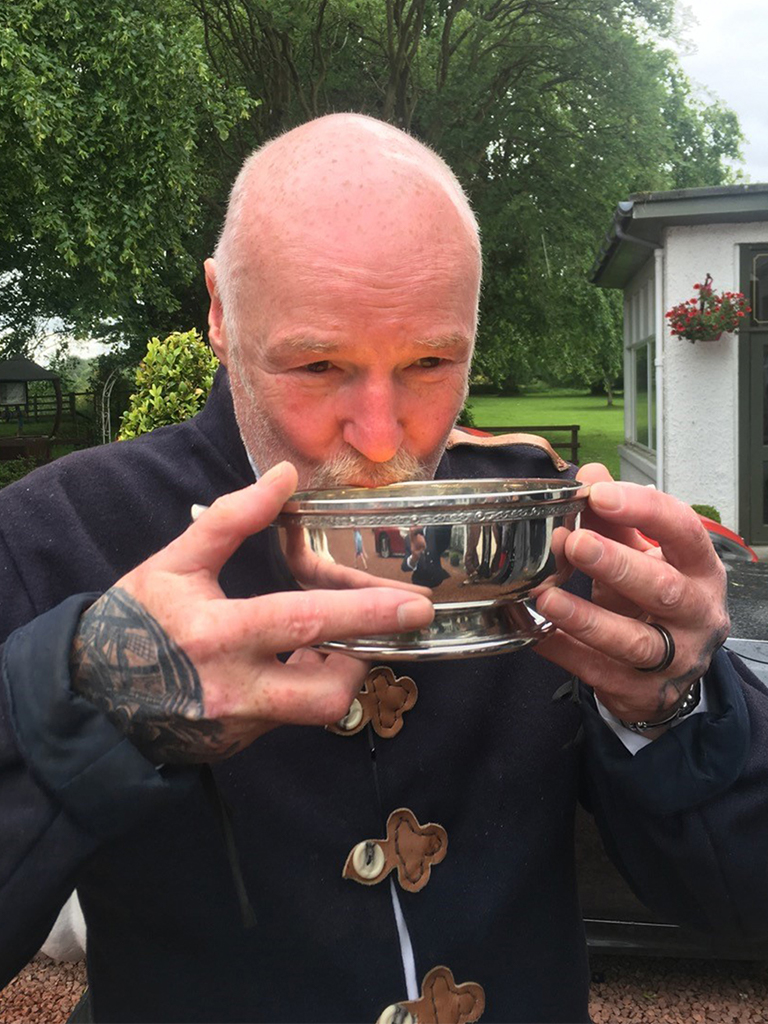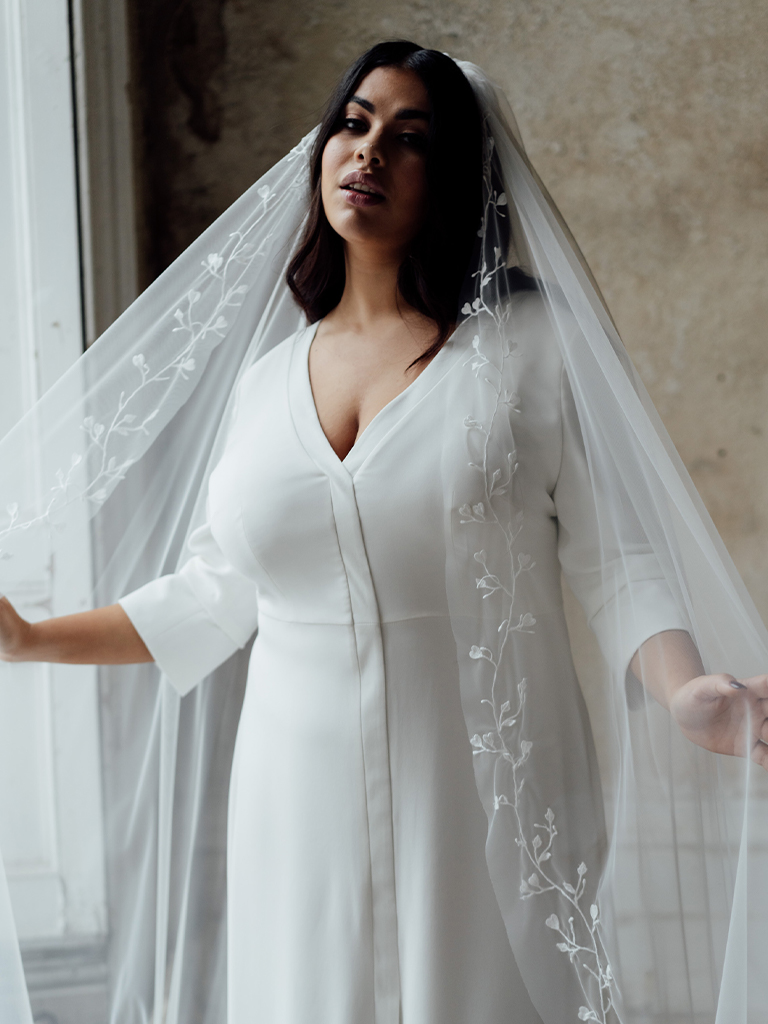
The quaich – what it is and how to include it in your wedding ceremony
This post was written by humanist celebrant Tim Maguire
What is it about us Scots? Perhaps it’s because we invented so much of the modern world – from the bicycle and the steam engine to the telephone and television – that we’re prone to claim almost everything as ‘an ancient Scottish custom’.
“But surely tartan and the bagpipes are uniquely Scottish?” I hear you ask.
The answer, I’m sorry to say is “no”.
Fashionistas were clad in plaid more than 3,000 years before the first Caledonian clambered into his kilt, and the oldest set of bagpipes ever found were excavated in Iraq.
And don’t even mention whisky, which was first brought to Scotland by Irish monks (for medicinal purposes only…)
As a humanist, I believe there are more things that unite than divide us, so it doesn’t bother me to know that loving cups have existed in many cultures since the dawn of time – or at least since we humans discovered the pleasures of communal drinking.
The ancient Greeks used to pass a cup of wine around during dinner, and the Jews still do when they celebrate Seder, the Passover meal.

So what is a quaich?
The word comes from the Gaelic and it’s a shallow two-handled cup, originally made from wood, but as it evolved from an everyday drinking vessel into the ‘cup of friendship’, its construction became more elaborate – and expensive.
By the 19th century, elaborately engraved quaichs had become the height of fashion and Sir Walter Scott had quite a collection, one of which was made from silver and elm wood that had been cut from a tree on the battlefield of Waterloo.
Today, most quaichs are made from silver or pewter, although simpler ones made of wood or cow’s horn, are becoming more popular.

At a wedding, ‘the quaich ritual’ is when a bride and groom drink to each other from the same cup.
It is said that this first happened in 1589 at the marriage of King James VI and Princess Anna of Denmark, and now as then, drinking from the same cup implies a high degree of intimacy and trust.
It’s worth remembering that in the murderous Middle Ages, drinking in public was a risky business.
One reason for the quaich’s design was that it had to be offered and accepted with both hands, so neither the host nor the guest could hold a weapon at the same time.
Better still, because the host had to drink from it first, the guest could be reasonably confident that the quaich’s contents hadn’t been poisoned…

We live in slightly less dangerous times, and the quaich is very much a part of modern marriage.
Because it is not just a loving cup but ‘the cup of welcome’, sharing it can be a way of welcoming the bride and groom into each other’s family too.
Choose your drink
Although whisky is traditional, it’s not mandatory.
If you’re going on to drink champagne and then wine at your reception, it may not even be sensible, and there are lots of possible alternatives, including Scotland’s other national drink, Irn Bru.
You might even opt for a nice cup of tea, but if you do, you’d be advised not to use a quaich made from silver or pewter.
Metal conducts heat, so a horn quaich or a wooden one would be a much safer choice…
Symbolically, the quaich ‘represents the cup of life’, filled with possibilities and its contents, which are both sweet and bitter, signify a couple’s journey through the life that is to come.

Fitting words
There are various forms of words that can be spoken during the quaich ritual, but the one I like best isn’t Scottish at all.
It comes from the American wit and poet Ogden Nash, and it encapsulates all the wedding advice any couple could ever want.
“To keep your marriage brimming,
With love in the loving cup,
Whenever you’re wrong, admit it;
Whenever you’re right, shut up.”
So, whatever you choose to share, be it whisky, wine or the carbonated non-alcoholic beverage of your choice, fill your quaich to the brim, and drink deep.
Slàinte mhath, slàinte mhor, as we say in the Highlands!
Have you decided what sort of ceremony you’re having yet?
Find out more here






Leave a Reply